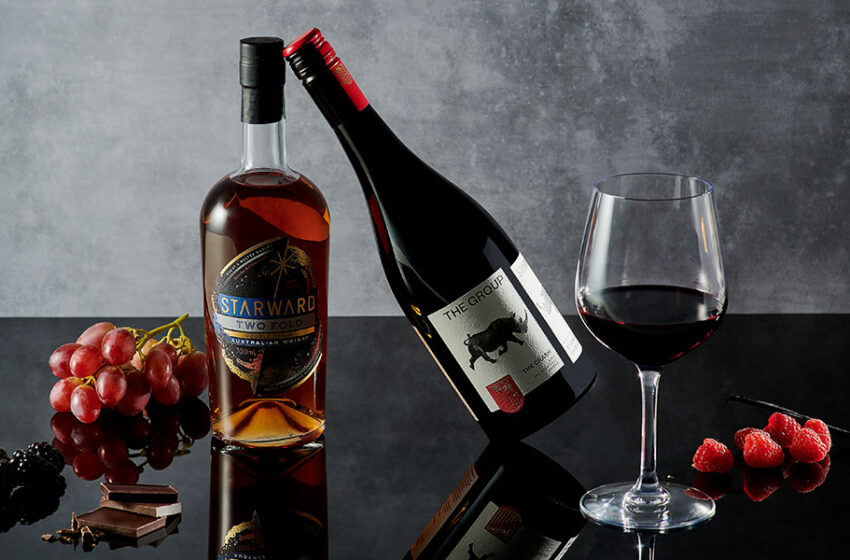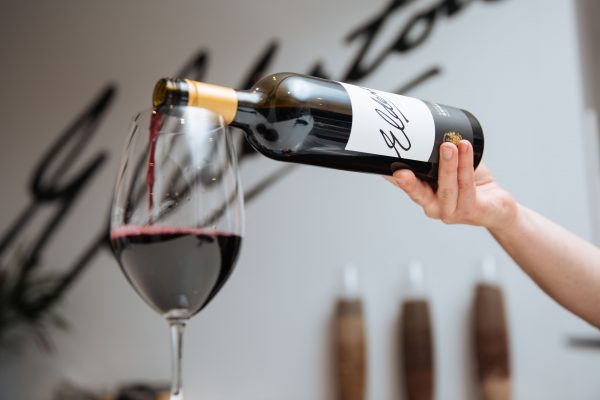Mastering wine etiquette: a guide for beginners

Navigating the world of wine can be both exciting and intimidating for beginners. With a few practical tips and a basic understanding of wine etiquette, new wine enthusiasts can confidently enjoy and discuss wine. This guide provides essential advice on tasting, buying, and talking about wine, helping you to master the art of wine appreciation.
Tasting wine: the basics
1. The 5 s’s of wine tasting
See: observe the wine’s color and clarity. Tilt the glass and look at the wine against a white background to see its true color. The hue can give you clues about the wine’s age and grape variety.
Swirl: gently swirl the wine in the glass to aerate it, releasing its aromas.
Sniff: take a moment to inhale the wine’s bouquet. Try to identify different aromas, such as fruit, floral, spice, or earthy notes.
Sip: take a small sip and let the wine coat your palate. Notice the flavors and how they evolve.
Savor: pay attention to the wine’s finish. Does the flavor linger, or does it fade quickly?
Practical tips:
Hold the glass by the stem: this prevents your hand from warming the wine and keeps the glass clean of fingerprints.
Taste in a well-lit, odor-free environment: this helps you better appreciate the wine’s color and aroma.
Buying wine: tips for beginners
1. Understanding wine labels
Varietal: the type of grape used (e.G., chardonnay, merlot).
Region: where the wine is produced (e.G., bordeaux, napa valley).
Vintage: the year the grapes were harvested.
Alcohol content: usually listed as a percentage.
2. Choosing wine
Start with familiar varietals: begin with well-known grapes like cabernet sauvignon, merlot, chardonnay, and sauvignon blanc to understand basic flavor profiles.
Seek recommendations: ask for suggestions from friends, family, or wine shop staff. Online reviews and apps like vivino can also be helpful.
Experiment: don’t be afraid to try different wines. Explore wines from various regions and price points to find what you like.
3. Budgeting for wine
Set a budget: wine can range from affordable to very expensive. Decide on a comfortable price range.
Value wines: look for high-quality wines from lesser-known regions for good value. For example, instead of a bordeaux, try a wine from a less famous region in france.

Discussing wine: building confidence
1. Describing wine
Aroma and flavor: use descriptive terms like fruity, floral, spicy, earthy, or oaky.
Body: refers to the weight and texture of the wine in your mouth. Wines can be light-bodied, medium-bodied, or full-bodied.
Acidity: this gives wine its crispness and freshness. High-acid wines are often described as zesty or tangy.
Tannins: found in red wines, tannins add bitterness and astringency. They come from grape skins, seeds, and oak barrels.
Finish: the aftertaste of the wine. A long finish means the flavors linger on your palate.
2. Engaging in wine conversations
Ask questions: inquire about others’ preferences and recommendations. This shows interest and helps you learn.
Share your thoughts: describe what you like or don’t like about a wine. There are no wrong answers in personal taste.
Stay open-minded: be willing to try new wines and learn from others. Wine appreciation is a journey.
3. Wine terms to know
Dry vs. Sweet: dry wines have little to no residual sugar, while sweet wines have more noticeable sugar content.
Oaked vs. Unoaked: oaked wines are aged in oak barrels, imparting flavors of vanilla, spice, or toast. Unoaked wines preserve the pure fruit flavors.
Old world vs. New world: old world wines come from traditional wine-producing regions in europe, while new world wines are from countries like the us, australia, and argentina.
Wine etiquette: social settings
1. Wine tasting events
Pace yourself: tasting several wines can be overwhelming. Sip slowly and take notes if needed.
Spit if necessary: it’s perfectly acceptable to spit out wine during tastings, especially if you’re sampling many wines.
Rinse your glass: if moving from a very different wine, rinse your glass with a bit of the new wine before tasting.
2. Serving wine at home
Temperature: serve white wines chilled (45-50°f) and red wines slightly cooler than room temperature (60-65°f). Sparkling wines should be well-chilled (40-45°f).
Glassware: use appropriate glassware for different types of wine. Red wines typically go in larger bowls, white wines in smaller ones, and sparkling wines in flutes.
Pouring: fill the glass about one-third full to allow space for swirling and releasing aromas.
3. Dining out
Ordering wine: don’t hesitate to ask the sommelier or server for recommendations based on your preferences and the food you’re ordering.
Tasting the wine: when presented with a bottle to taste, check for any faults (like cork taint). If it’s acceptable, nod to the server to pour for the table.
Wine pairing: match wine with food to enhance both the wine and the meal. General rules include pairing white wine with fish or poultry and red wine with meat, but feel free to experiment.
Conclusion
Mastering wine etiquette enhances your enjoyment and appreciation of wine, whether you’re tasting, buying, or discussing it. With these practical tips, you can confidently navigate the world of wine and share your experiences with others. Remember, the most important aspect of wine appreciation is to enjoy the journey and the flavors along the way. Cheers to your wine adventures!